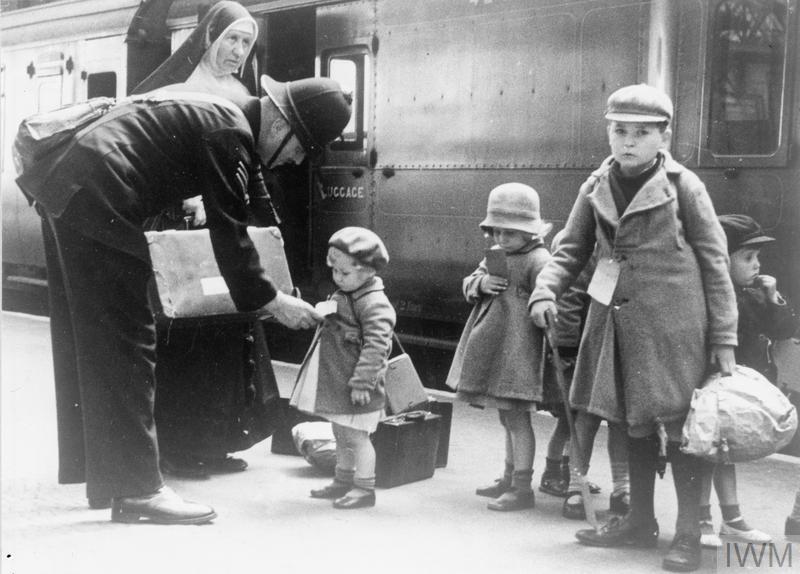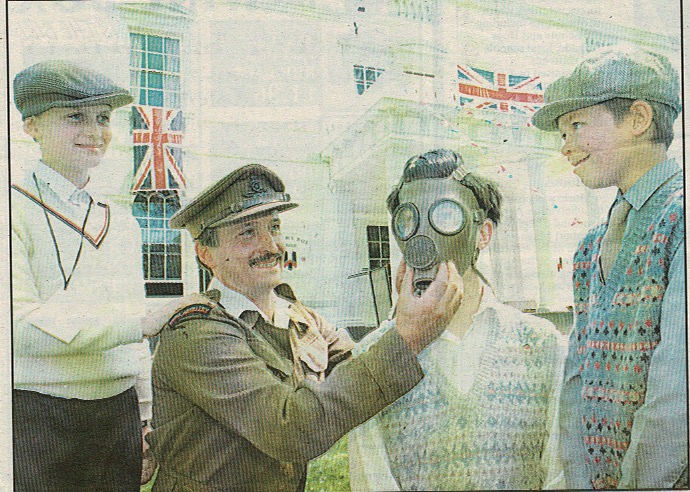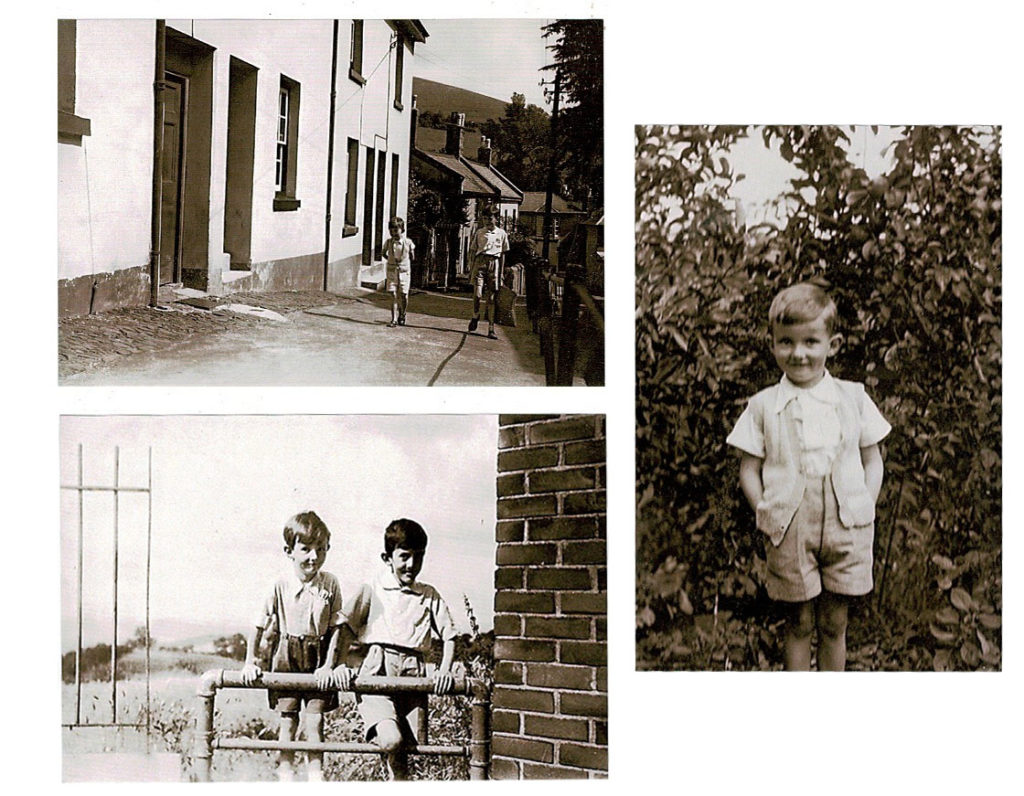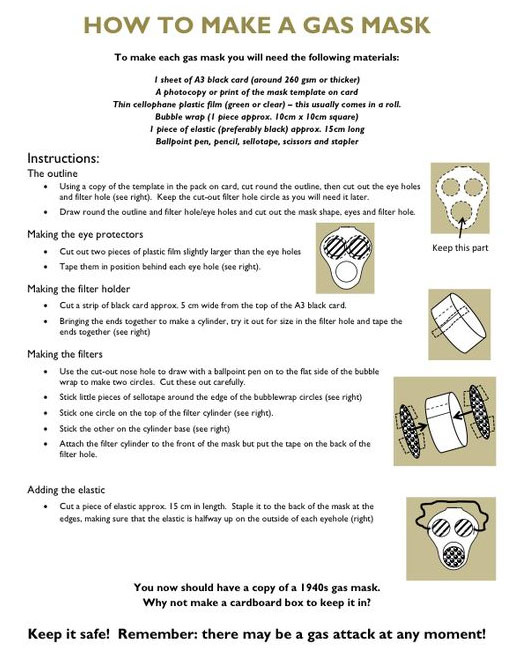Evacuees

THE CIVILIAN EVACUATION SCHEME IN BRITAIN DURING THE SECOND WORLD WAR (LN 6194) A policeman helps some young evacuees, and a nun who is escorting them, at a London station. Copyright: © IWM. Original Source: http://www.iwm.org.uk/collections/item/object/205019036
With the start of the Second World War came Operation Pied Piper. This was the plan to evacuate civilians from cities and other areas that were at high risk of being bombed or becoming a battlefield in the event of an invasion.
1.5 Million children, pregnant women and other vulnerable people such as the disabled, evacuated to safer countryside locations in just two days. There were no big bombing raids on Britain in the first months of the war (know as The Phoney War) as a result, by early 1940, many children had returned home.
The country was split into three types of areas: Evacuation, Neutral and Reception, with the first Evacuation areas including places like Greater London, Birmingham and Glasgow, and Reception areas being rural such as Kent, East Anglia, Devon and Wales. Neutral areas were places that would neither send nor receive evacuees.
The evacuees were all given a gas mask and they had food for the journey to the countryside. Every child had a label pinned to their clothing. This label stated the child’s name, home address, school and destination. Evacuees and their parents would keep in touch by writing letters to each other.
The gas masks were carried in small cardboard boxes and all the children were trained in putting them on in case of a gas attack.
Many children had pleasurable experiences of their new homes in the countryside, but some were not so happy, and they all missed their parents terribly. Bishopsteignton had quite a few evacuees staying with local families. The lucky ones had one or both parents staying with them, but many took up their temporary homes with new carers.
Read all about the Bishopsteignton Evacuees here;
https://www.bishopsteigntonheritage.co.uk/people/evacuees/
Many evacuees stayed in touch with their wartime mums and dads for years afterwards. Some lost their parents in the conflict and had no homes to return to.
In the Millennium Video released in 2000, there is a short re-enactment of Evacuees coming to Bishopsteignton in 1940. Watch it here.

Learn more about the Evacuation Operation here:
http://www.primaryhomeworkhelp.co.uk/war/evacuation1.html
https://www.iwm.org.uk/history/the-evacuated-children-of-the-second-world-war
For our party at home on May 8th, your kids might fancy dressing up as an evacuee. The classic look is the label and the cardboard box on a string, and if you fancy making your own pretend gas mask, here is how!
In Teignmouth in 1995, on the 50th anniversary of VE-Day, the children dressed up for the occasion and were treated to a real gas mask fitting demonstration!

Gas mask fitting 1995 Teignmouth


